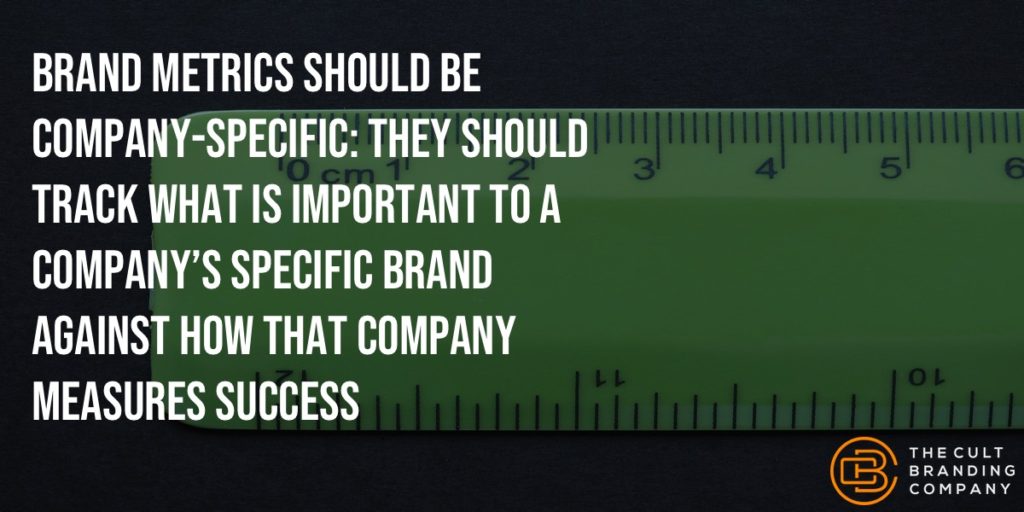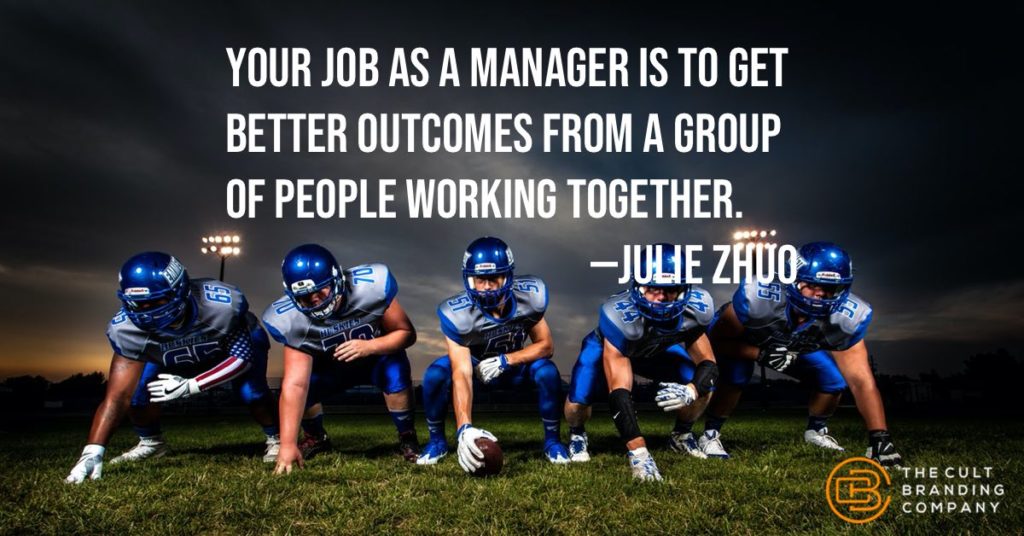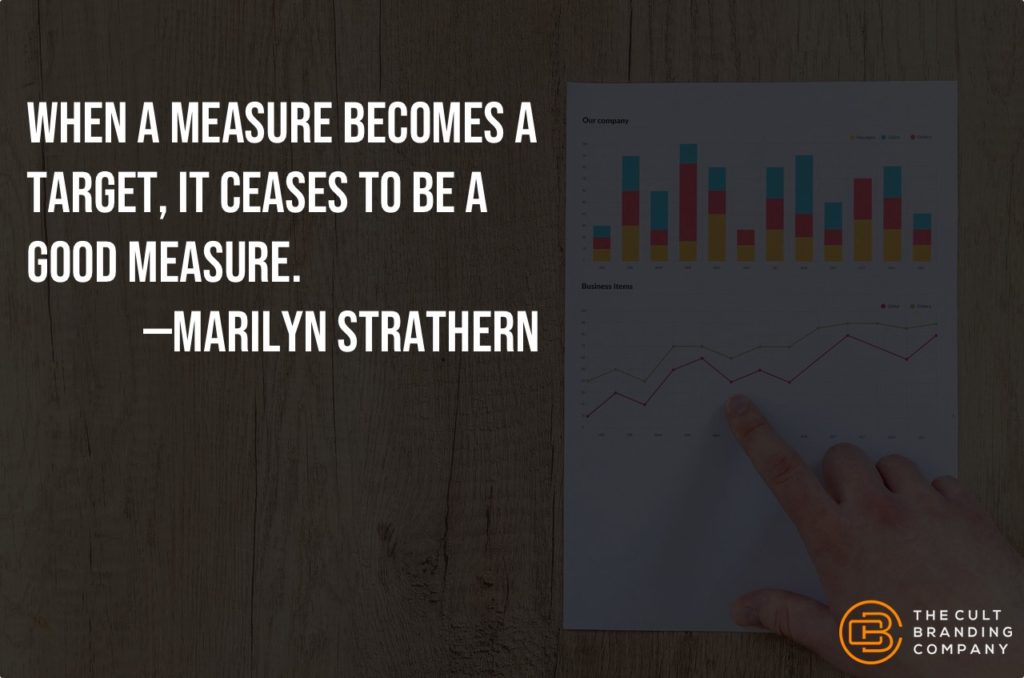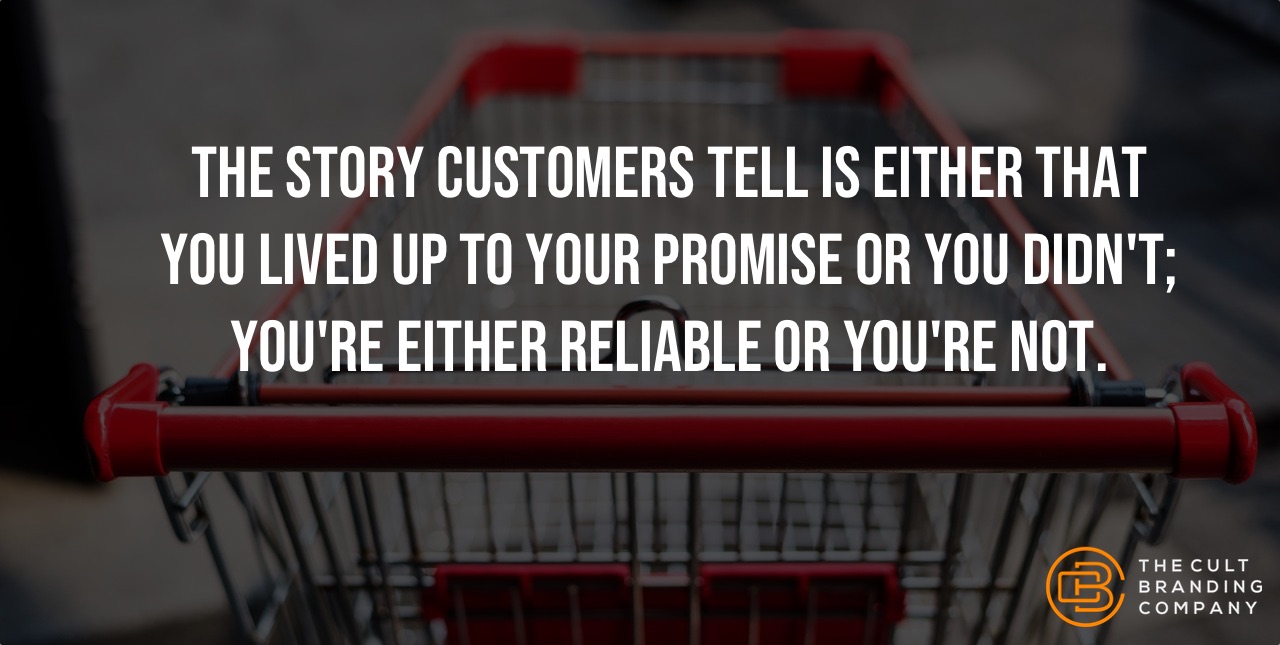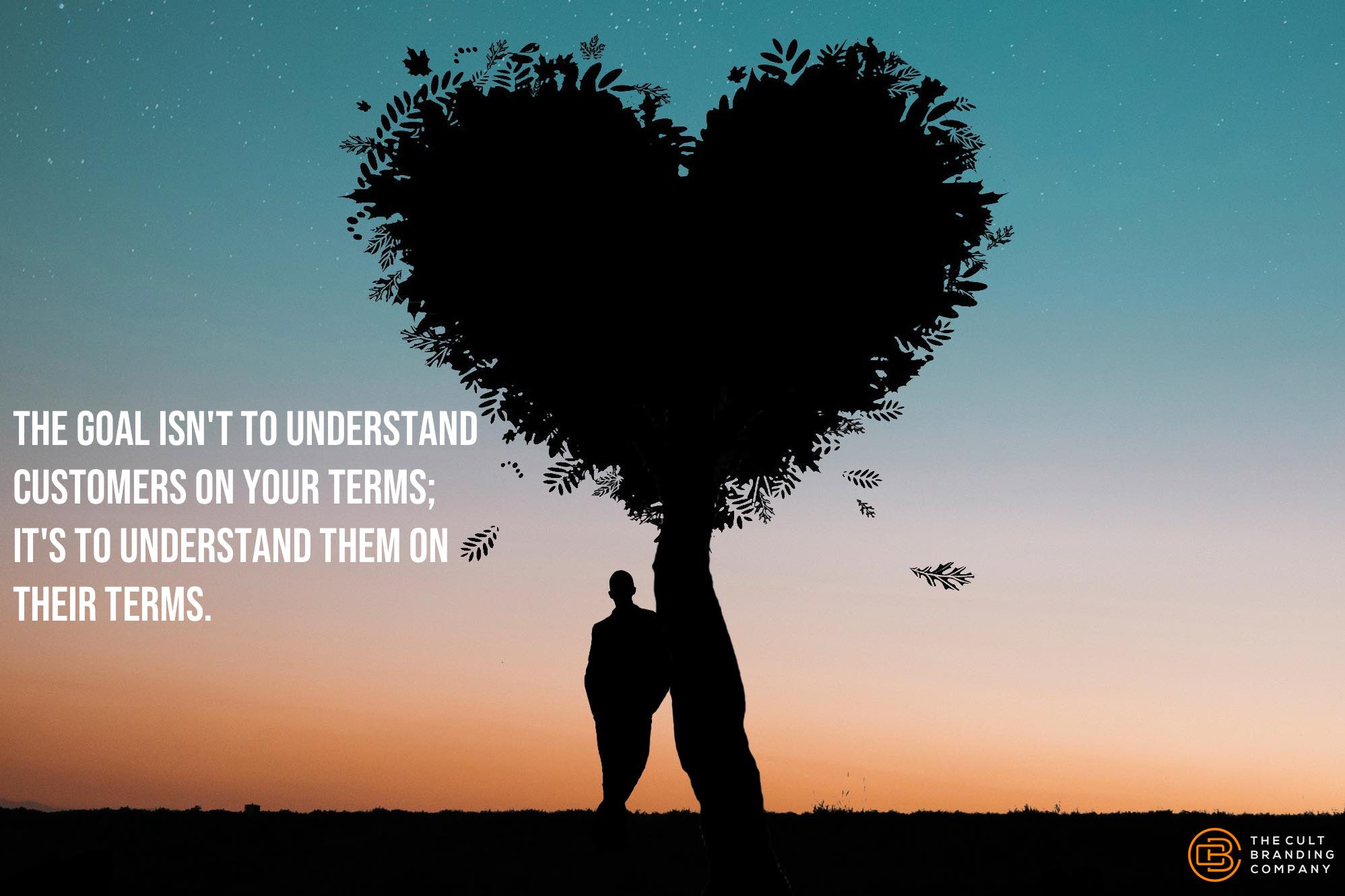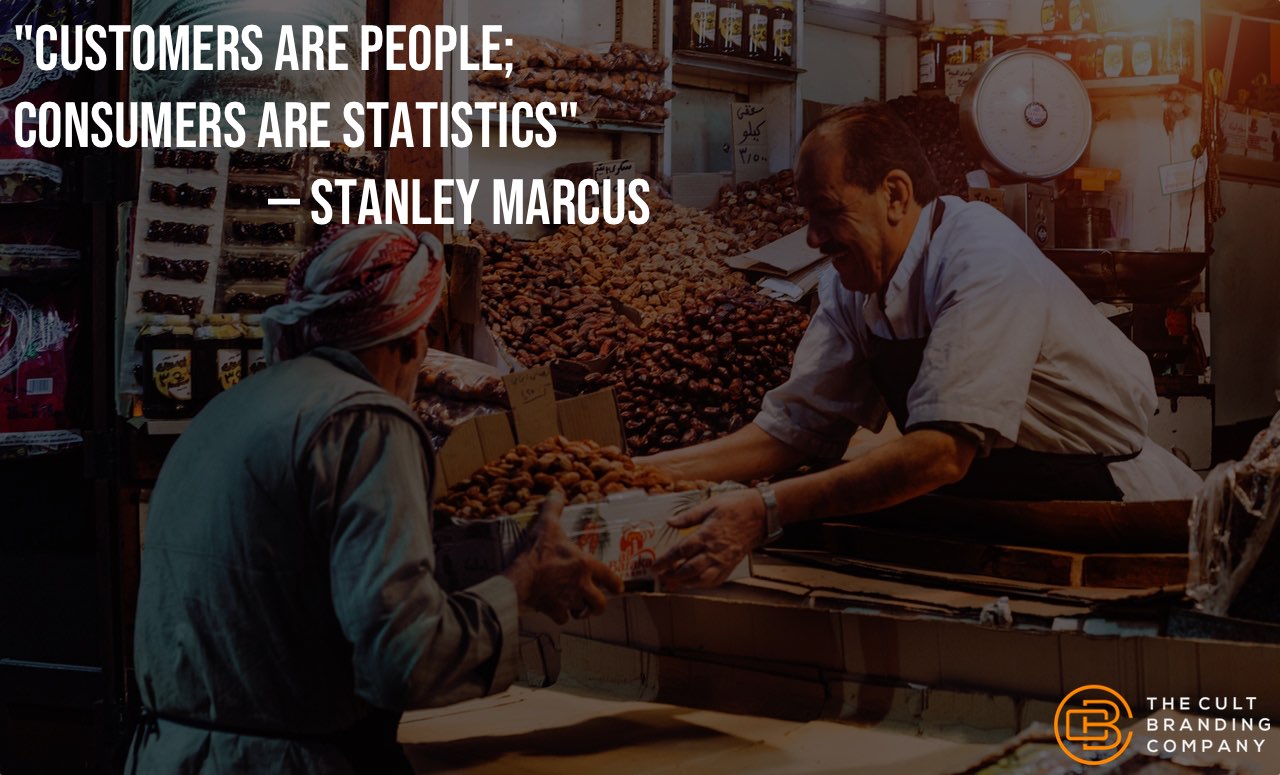
Customers are people; consumers are statistics.
Stanley Marcus, Quest for the Best
On a recent trip overseas, I was struck at the difference in attitude between airport security in Japan and the US.
In Japan, the conveyor belts had a curved design that took up little space and returned the bins automatically, there were only a few employees, and all of the employees were trying to help the customers get through security as pain-free as possible.
In the US, there was a new and confusing conveyor belt system that kept backing up, there were more employees at each scanner than I wanted to count, and the TSA employee instructing people how to use the new system kept talking down to customers that didn’t understand what they were supposed to do.
The difference between these two experiences, like all customer service experiences, comes down to cultural differences—the culture of the society or the organization.
Continue Reading

